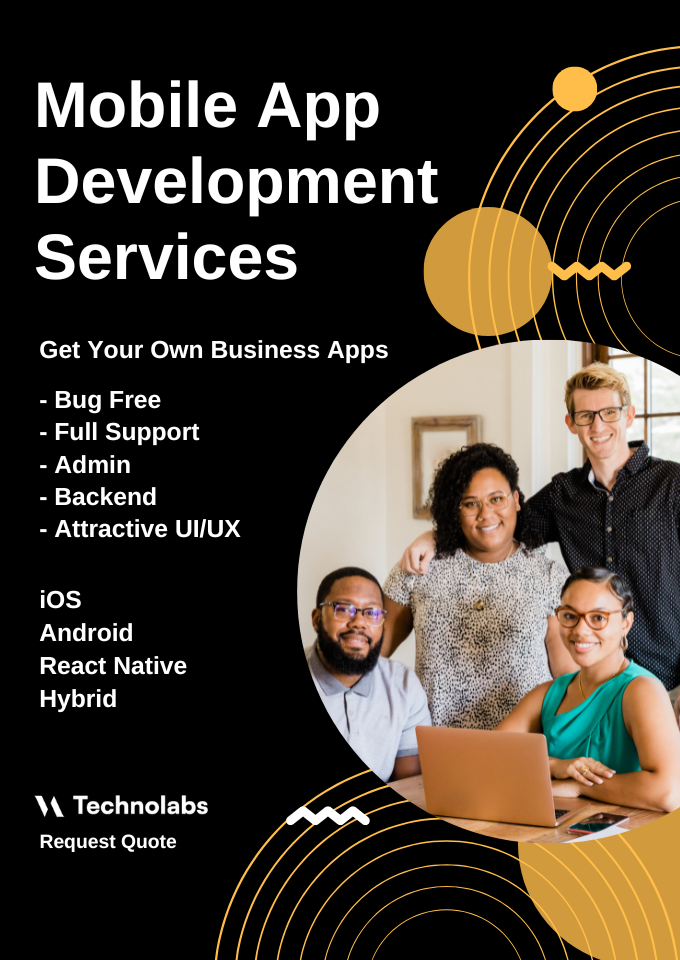Integrating WizIQ Virtual Classroom: A Comprehensive Guide

Integrating WizIQ Virtual Classroom: A Comprehensive Guide
Introduction:
In the ever-evolving landscape of online education, virtual classrooms have emerged as a game-changer, offering a dynamic and immersive learning experience. Among the leading providers in this space is WizIQ, a comprehensive virtual classroom platform that empowers educators and learners alike. However, what truly sets WizIQ apart is its robust Integration API, a powerful tool that enables seamless integration with a wide range of third-party applications and systems. In this comprehensive guide, we’ll explore the intricacies of the WizIQ Virtual Classroom Integration API, its features, and how it can revolutionize your e-learning endeavors.
Understanding the WizIQ Virtual Classroom Integration API:
The WizIQ Virtual Classroom Integration API is a robust and flexible interface that allows developers to integrate the virtual classroom functionality into their existing applications or platforms. By leveraging this API, you can create a seamless and unified experience for your users, eliminating the need to switch between multiple applications or interfaces. Whether you’re an educational institution, a corporate training provider, or an e-learning platform, the WizIQ Virtual Classroom Integration API offers a multitude of benefits and possibilities.
Key Features of the WizIQ Virtual Classroom Integration API:
- Robust Authentication and Access Control: The API provides secure authentication mechanisms, ensuring that only authorized users and applications can access and interact with the virtual classroom environment. This safeguards sensitive data and maintains the integrity of your learning ecosystem.
- Class Management: Through the API, you can programmatically create, schedule, and manage virtual classroom sessions. This includes setting class details, configuring attendee lists, and controlling access permissions.
- Participant Interaction: Foster seamless participant engagement by enabling real-time audio, video, and screen-sharing capabilities within your application. The API allows you to control participant permissions, mute or unmute attendees, and facilitate interactive discussions.
- Content Delivery: Integrate the virtual classroom with your existing content management systems, enabling seamless delivery of course materials, presentations, and other educational resources directly within the virtual environment.
- Recording and Archiving: Capture and archive virtual classroom sessions for future reference or on-demand access. The API provides functionality to initiate, manage, and retrieve recordings, ensuring valuable learning content is preserved and accessible.
- Reporting and Analytics: Gain valuable insights into learner engagement, attendance, and performance through comprehensive reporting and analytics capabilities. The API allows you to track user activity, generate detailed reports, and leverage data-driven decision-making for continuous improvement.
Integrating the WizIQ Virtual Classroom API: A Step-by-Step Guide:
- Obtain API Credentials: Before integrating the WizIQ Virtual Classroom API, you’ll need to register for an account and obtain the necessary API credentials, including an API key and secret. These credentials authenticate your application and ensure secure access to the API endpoints.
- Choose Your Integration Approach: The WizIQ Virtual Classroom API supports various integration methods, including server-side integration (for back-end applications) and client-side integration (for front-end applications). Evaluate your specific use case and choose the appropriate approach that aligns with your application’s architecture and requirements.
- Explore the API Documentation: WizIQ provides comprehensive API documentation that outlines the available endpoints, request/response formats, and various parameters. Familiarize yourself with the documentation to understand the API’s capabilities and how to leverage them effectively.
- Implement Authentication: Securely authenticate your application with the WizIQ Virtual Classroom API by following the provided authentication protocols. This typically involves sending API credentials along with each request to ensure authorized access.
- Integrate Core Functionality: Based on your specific requirements, leverage the API endpoints to implement the desired virtual classroom functionality within your application. This may include creating and managing classes, controlling participant interactions, delivering content, recording sessions, and accessing analytics.
- Handle Responses and Error Handling: Properly handle the API responses within your application, parsing the data as needed and presenting it in a user-friendly manner. Implement error handling mechanisms to gracefully handle any errors or exceptions that may occur during the integration process.
- Test and Iterate: Thoroughly test your integration to ensure seamless functionality and identify any potential issues or areas for improvement. Iterate on your implementation based on user feedback and evolving requirements.
Best Practices for Successful Integration:
- Embrace Security: Prioritize security throughout the integration process by adhering to industry-standard security practices, such as encrypting sensitive data, implementing access controls, and regularly updating your application with the latest security patches.
- Optimize Performance: Ensure your application performs optimally by implementing caching strategies, optimizing API calls, and leveraging asynchronous processing techniques when appropriate.
- Provide Intuitive User Experience: Design your application’s user interface with the virtual classroom integration in mind, ensuring a seamless and intuitive experience for both educators and learners.
- Stay Up-to-Date: Regularly monitor the WizIQ API documentation and release notes for updates, new features, or changes that may impact your integration. Proactively adapt your implementation to maintain compatibility and leverage the latest capabilities.
- Leverage Support Resources: Utilize the support resources provided by WizIQ, such as documentation, forums, and developer communities, to seek assistance, share best practices, and stay informed about the latest developments.
Conclusion:
The WizIQ Virtual Classroom Integration API presents a powerful opportunity for educators, training providers, and e-learning platforms to enhance their offerings and deliver a truly immersive and engaging learning experience. By seamlessly integrating the virtual classroom functionality into your existing applications, you can streamline processes, improve user experience, and foster a collaborative and interactive learning environment. Embrace the capabilities of the WizIQ Virtual Classroom Integration API and unlock new possibilities in the realm of online education.
Unleash the full potential of the WizIQ Virtual Classroom Integration API with VA Technolabs. Our team of experienced developers and e-learning experts can guide you through the integration process, ensuring a seamless and optimized implementation tailored to your specific needs.
Contact us today to schedule a free consultation and take the first step towards enhancing your e-learning platform with the power of virtual classrooms.




